Pawscessories is reader-supported. When you buy via links on our site, we may earn an affiliate commission at no cost to you.
Learn more.
Do you know why dogs lips are black? Or why a dog’s lips can change colors?
A dog’s lips are black due to the presence of melanin. Melanin is a pigment found in the skin, hair, and eyes of animals and humans. The amount of melanin in an animal’s skin can vary depending on the species, and even within the same species, there can be variation in the amount of melanin present. Dogs with black lips typically have more melanin in their skin than dogs with lighter-colored lips.
However, there are some other reasons a dog’s lip might be black that we will cover in this article.
We will also talk about why lips change colors, what it means, and what the colors of a dog’s mouth and lips should be.
Let’s dive in.
Table of Contents
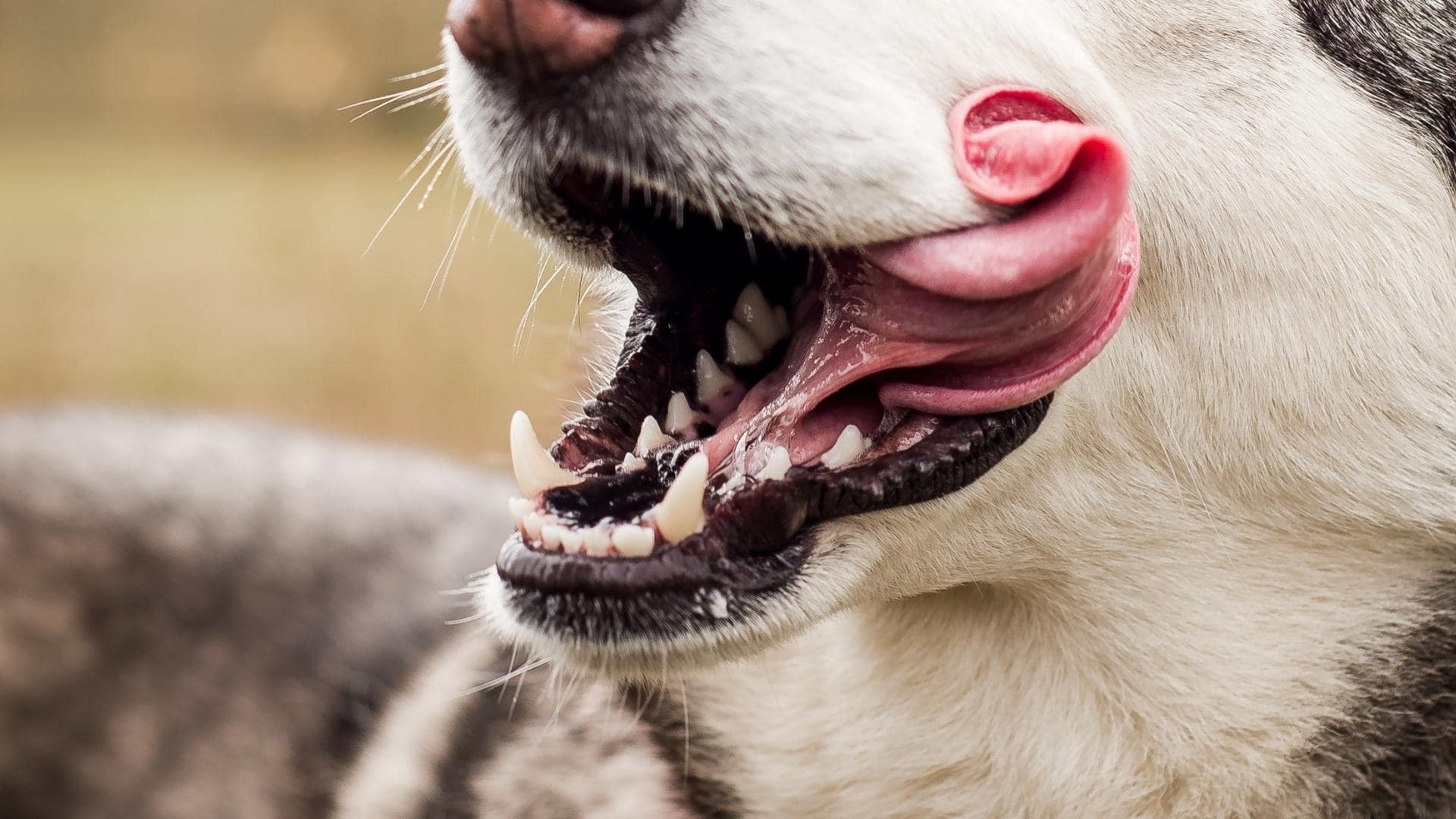
Why Do Dogs Have Black Lips?
The most common reason for a dog to have black lips is simply due to their pigment.
The pigment gives color to the skin, and all animals have it. For example, in dogs, the pigment in their lips is often black because it’s the dominant gene over other pigmentation.
So, black lips are a hereditary factor and the most common color for a dog’s lips to be. This is because black pigmentation is the most dominant gene. Another reason for black lips is due to something called melanin. Melanin is a substance that helps protect the skin from UV rays.
It’s what gives humans a tan when we’re out in the sun. A dog’s UV protection from their lips pigmentation helps shield their skin from the sun.
In addition, a dog’s lips are not covered by hair like other parts of their body, so this solar radiation protection is important for their lips.
Do Dogs Always Have Black Lips?
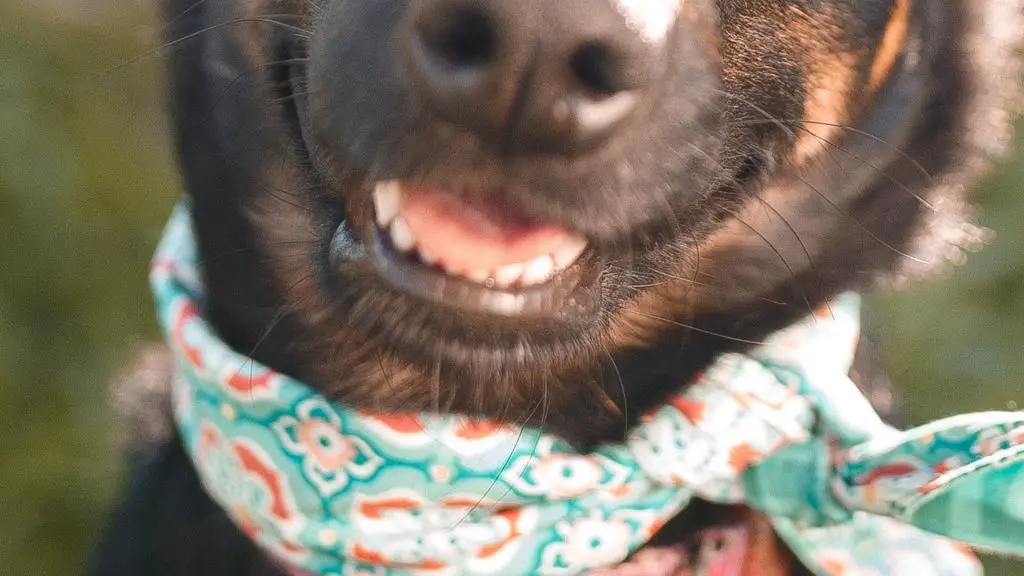
No, dogs do not always have black lips. As we mentioned, black pigmentation is a dominant gene, so it is the most common color for a dog’s lips. However, dogs can inherit some recessive genes from their parents that result in them having different color lips.
These colors include liver, blue, isabelline (a pale yellowish brown), and pink. You may have seen some of these colors in breeds like the Blue Heeler or the Isabelline Shorthair.
While black is the most likely color, it’s not the only color of lips that dogs can have.
Why Do Dogs Lips Change Colors?
If your dog’s lips change colors during their life, it could indicate several things.
Here are a few reasons why a dog’s lips will change colors:
Seasonal Changes
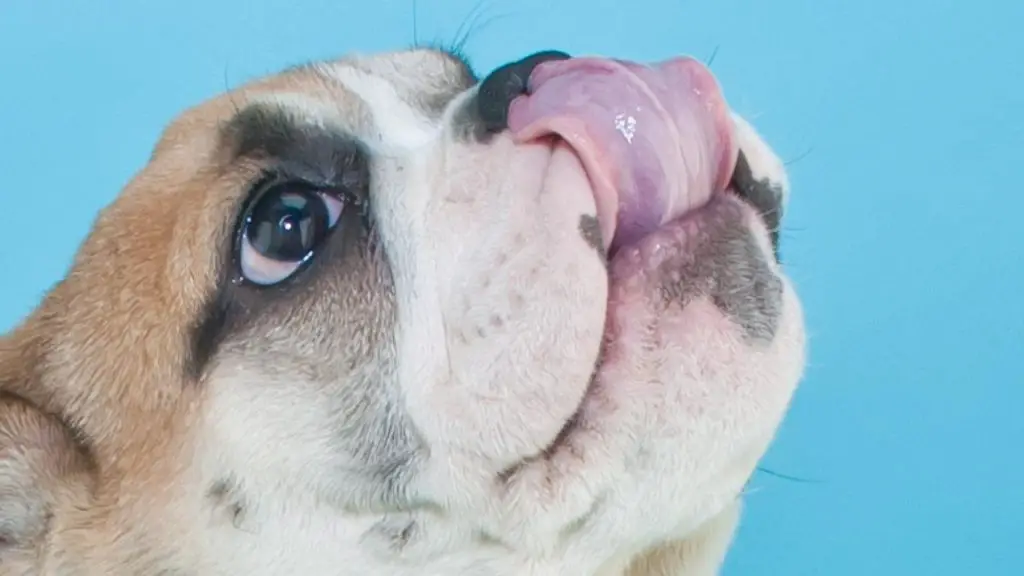
A dog’s lips may change color due to seasonal changes. Like how our skin gets darker in the summer and lighter in the winter, a dog’s lips may get slightly darker or lighter depending on the season.
This is due to the amount of sunlight they are exposed to and other environmental factors. So if you notice your dog’s lips getting darker or lighter with the seasons, there is no need to be alarmed as this is normal.
Sunlight produces melanin in the skin, which can cause a darkening of the lips. In the winter, there is less sunlight and melanin production, so the lips may appear lighter.
Dog breeds that are known for having seasonal lightening of their skin include:
- Siberian Huskies
- Labradors
- Golden Retrievers
Age
Another reason a dog’s lips may change color is due to age. As dogs age, their skin gets thinner and loses some elasticity. This can cause the lips to slightly change colors.
Dog breeds that are known for having gradual lightening of their skin over time include:
- German Shepherds
- Samoyeds
- Afghan Hounds
- Dobermans
Allergies
Another reason a dog’s lips may change color is due to allergies. Allergies can cause several symptoms in dogs, including itchiness, redness, and swelling. So if your dog is licking their lips excessively due to allergies, it can cause the color of their lips to change.
Suppose you think your dog may be experiencing an allergic reaction. In that case, it is important to contact your veterinarian right away as they can recommend the best course of treatment.
Depigmentation Disorders
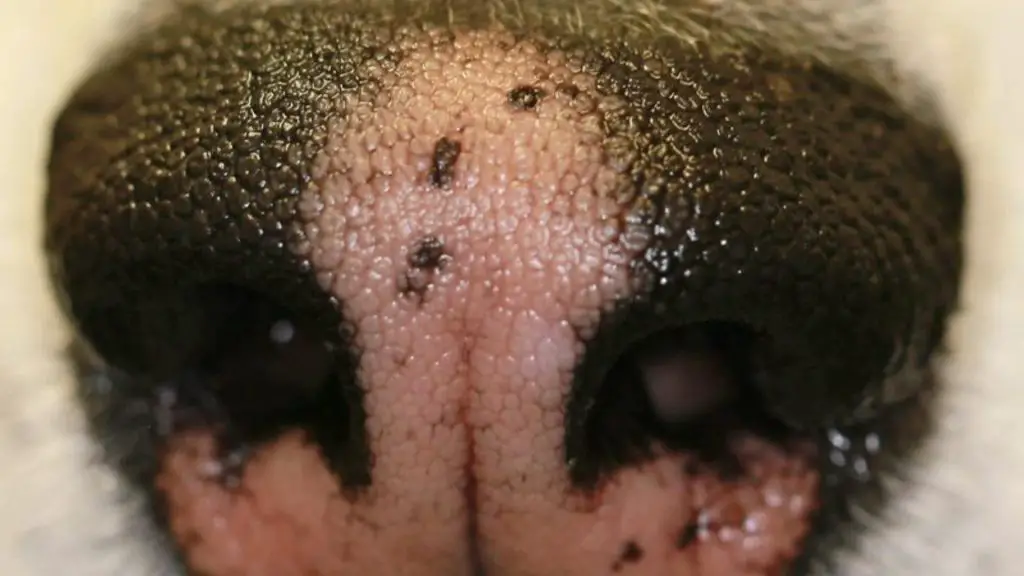
Depiigation disorders are another reason a dog’s lips may change color. These disorders cause a loss of color in the skin and can be present at birth or develop later in life.
Some common conditions that could cause a dog’s lips to change pigmentation include:
- Vitiligo – a condition where the skin loses its pigment.
- Uveodermatologic syndrome – a condition that causes the body to attack its own pigment cells.
- Discoid lupus – an autoimmune disease that affects the skin.
- Pemphigus erythematosus – a rare autoimmune disease affecting the skin and mucous membranes.
- Systemic lupus erythematosus – an autoimmune disease that can affect the skin, joints, kidneys, and brain.
- Pemphigus foliaceus – a rare autoimmune disease that affects the skin.
Hypopigmentation & Hyperpigmentation
Hypopigmentation is when the skin color changes from its natural color to a lighter shade. On the flip side, hyperpigmentation is when skin color changes from natural to darker shades.
This might happen for many reasons, such as genetics, fever, stress, certain medications, and more.
It can often be difficult to determine exactly why a dog’s lips have changed color. Still, if you are concerned, it is always best to consult your veterinarian. They can help you determine the cause and recommend the best course of treatment.
Infection
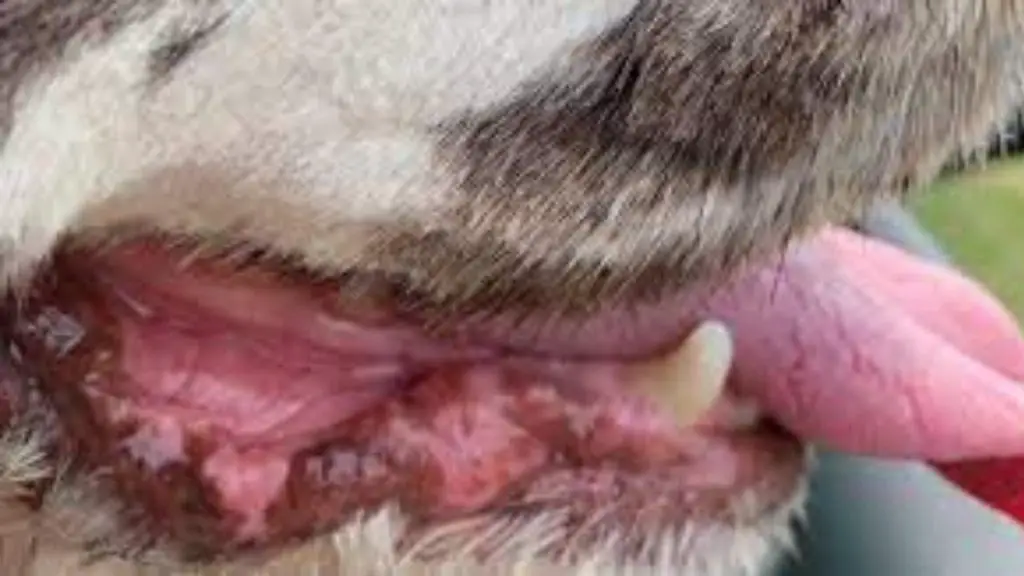
Another reason a dog’s lips may change color is due to an infection. Infections can cause the lips to appear red, swollen, and inflamed.
Some common infections that could affect the lips include:
- Yeast infection
- Bacterial infection
- Viral infection
- Fungal infection
Suppose you think your dog may have an infection. In that case, it is important to contact your vet immediately as they can recommend the best treatment.
Cancer
Lastly, cancer can also cause a dog’s lips to change color. Cancer can cause the lips to change colors in many ways, such as turning red, black, or white.
Some cancers that may affect the lips include:
- Melanoma
- Squamous cell carcinoma
- Basal cell carcinoma
In addition, some types of cancers can cause lesions or ulcers to form on the lips. If you notice any changes in your dog’s lips, it is important to contact your vet.
Why Do Dogs Lips Turn Pink?
A dog’s lips may turn pink for several reasons.
The most common reason is due to genetics. Other times, it can be due to a lack of pigment in the skin or mucous membranes. This can be caused by several conditions such as vitiligo, discoid lupus, and leucoderma.
Suppose your dog’s lips suddenly turn pink. In that case, it is important to contact your veterinarian immediately, as this could indicate a more serious underlying condition.
We recently wrote an entire article covering why a dog’s lips turn pink. Check that out for more information.
What Color Should The Inside Of A Dog’s Mouth Be?
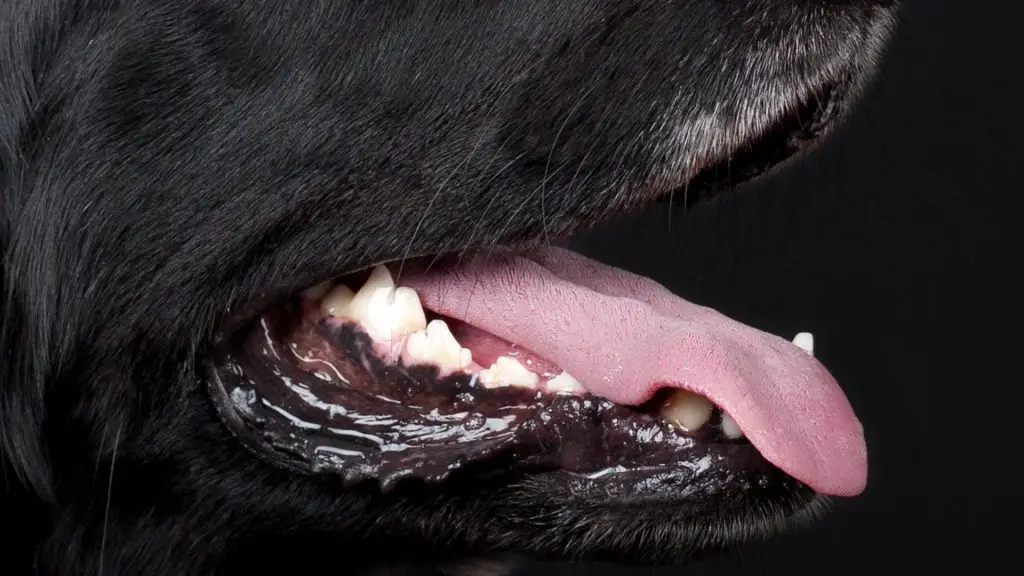
The inside of a dog’s mouth should be pink in color and moist. A pink color gum that looks hydrated indicates proper blood flow and healthy tissue. Dry, pale, or tacky gums usually indicate dehydration or other medical issues.
Here are some examples of dangerous gum colors and what they could mean:
What Red or Purple Gums Indicate
If A dog’s gums are red or purple, this could indicate a number of issues such as trauma, gum diseases, or an infection. This is not the look of healthy dog gums.
What Bluish/Black Gums Indicate
There are many reasons why a dog’s gums might be black in color. The most common reasons are due to genetics. Some dogs are just born with black gums, which is perfectly normal. However, suppose a dog’s gums turn bluish/black tinted. In that case, it could be a sign of poor oxygen, bacteria, gum disease, or melanoma.
What White Or Yellow Gums Indicate
If a dog’s gums are white or yellow, this could signify jaundice, anemia, internal bleeding, shock, heart disease, or blood clotting issues. In fact, after speaking with Dr. Littlejohn countless times about how to determine when a dog needs to see a vet, one big indicator is pale or discolored gums.
Most vets use dogs’ gums to get an idea of their health.
So, If you notice any changes in the color of your dog’s gums, it is important to contact your vet so they can determine what is causing the change.
Final Thoughts
So now you know why a dog’s lips are black and why they might change colors!
A dog’s lips are simply black due to the dominant black pigment they inherit and from the melanin in their skin that protects them from the sun’s radiation.
Sometimes a dog’s lips might change colors due to age, seasons, depigmentation, or an underlying medical condition. If you notice any changes in your dog’s lips, it is always best to consult with your veterinarian to find out what is going on.
The more drastic the changes to a dog’s lips or gums, the more urgent it is to get them to a vet.
Remember, dogs’ lips and gums tell us a lot about their health. So It’s important to be familiar with what healthy dog lips and gums look like and the different colors they can be.
Other posts you might find interesting:
Dog Smacking Lips In Middle Of Night: 13 Reasons + Tips
Engorged Tick On Dog | What To Do & How To Safely Remove It
Inverted Nipple In Dogs: Should You Be Worried? (Helpful Tips)
I Almost Killed My Dog With Fish Oil – Risks & Tips (Vet Answers)
